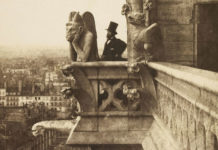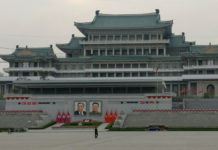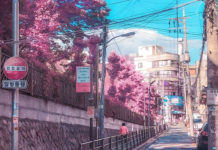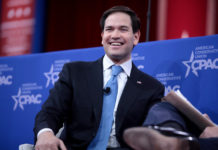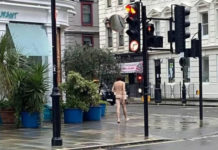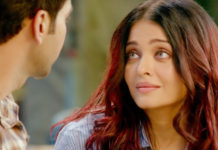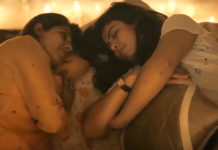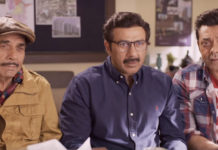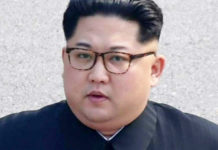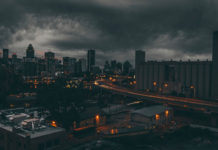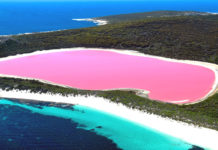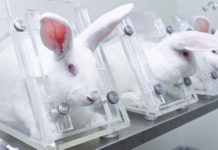Kolkata, previously Calcutta, also known as the city of joy was established in the year 1686, due to the expansion plans of the British Raj. European powers were capturing the large villages of Govindpur, Sutanati and Kakilata. It was in the year 1690, when Job Charnok, an agent of the East India Company chose this place for their trade settlement as this site was protected by the Hooghly River on the west, a creek towards the north, and by salt lakes about two and a half miles to the east.
Previously, the capital of Bengal was Musheerabad, which was moved to Calcutta by the First Governer General Warren Hastings in the year 1772. In 1756, Siraj-ud-daullah, Nawab of Bengal, attacked the city and captured the fort. Calcutta was recaptured in 1757 by Robert Clive when the British defeated Siraj-ud-daullah on the battle field of Plassey. In 1772, Calcutta became the capital of British India, and the first Governor General Warren Hastings moved all important offices from Murshidabad to Calcutta, which served as the capital of India till 1912, when Delhi was made the capital of India and it remained when India was partitioned. Calcutta was included in the Indian part of Bengal, called West Bengal and Calcutta became the capital city of the state of West Bengal.
Derivation of the Name, Calcutta:
Calcutta is the ‘polished’ version of Kalikata, derived from the Bengali word Kalikshetra meaning “Ground of the Goddess Kali.” While others say that its derived from the original settlement on the bank of a canal (khal). While few Historians argue that the name came from the Bengali words lime (kali) and burnt shell (kata), since the area was noted for manufacturing the shell-lime. According to few old literatures, the name is derived from the Bengali term kilkila(meaning, “flat area”).
History and various milestones of Calcutta:
• 1690 August 24, Job Charnok, an agent of East India Company (established 1600) settles in the village of Sutanutee.
• 1693 Charnok died.
• 1696 Fort at Calcutta Factory commenced.

• 1698 East India Co. bought three villages (Sutanuti, Kolkata, Gobindapur ) from local landlord SabarnaChowdhury.
• 1699 East India Company started developing Calcutta as a Presidency city.
• 1715 British people completed building the Old Fort.
• 1717 The Mughal emperor Farrukh-siyar granted the East India Company trading privileges in return for a yearly payment of 3,000 rupees.
• 1727 As per the order of King George I, a civil court was set up. The city corporation was established and Hallwell became the first mayor of the city.

• 1740 Ali Vardi Khan became the Nawab of Bengal.
• 1756 Ali Vardi Khan died and Siraj-ud-Dawlla (Mirza Muhammad) became the Nawab of Bengal. Siraj-Ud-Dawlla attacked and captured Calcutta. He changed the name of the city to Alinagar.
• 1757 23rd June, British people (under the leadership of Robert Clive) defeated Siraj-Ud-Dawlla at Plassey (in Nadia district).

• 1757 British first printed currency bill in Calcutta mint.

• 1765 Clive took Bengal, Bihar and Orissa from BadshaAlam II ( Delhi) with an agreement of paying excises.
• 1772 Calcutta became the capital of British India when the first Governor General, Warren Hastings, transferred all important offices to the city from Murshidabad.
• 1780 James Hicky established a printed press and published firstnews paper “The Bengal Gazzette”.

• 1784 The first official news paper “The Calcutta Gazzette”, was published.

• 1784 Sir William Jones took initiative and established The Asiatic Society.
• 1795 First Bengali drama ‘Kalpanik Song Badol’ was staged by Gerasim S. Lebedef at Bengali Theatre.
• 1801 Fort William College was established.

• 1804 The Governor House (presently Raj Bhawan) was built.

• 1813 The Town Hall was built.
• 1818 First Bengali Magazine Digdarshan was published from Srerampur, with the help of David Hare.
• 1817 The Hindu College (presently Presidency College) was established with efforts from Rammohan Roy, David Hare and Radhakanta Dev. Initially the college started with 20 students.
• 1828 SahidMinar (Octorloney Monument) was built.
• 1829 Rammohan Roy was successful in making ‘satidaho‘ (a Hindu rule) banned by British Governor General William Bentinck.
• 1839 Sangbad Prabhakar, the first Bengali daily was published.
• 1854 First Railway line in India was inaugurated (from Calcutta to Hooghly).

• NawabWajid Ali Shah, the last Nawab of Awadh came to Calcutta in 1857. He built the town of Metiaburj and died in 1887.
• 1857 , January 24 The University of Calcutta was established.

• 1864 The GPO (General Post Office) building was constructed.
• 1873 First Tram car (horse drawn) in the city was launched.

• 1875 “The Statesman”, leading English Daily newspaper, started.
• 1875 The Indian Museum was built.
• 1883 SurendraNath Banerjee called for a National convention (which led to the forming of Indian National Congress in 1885 at Bombay).
• 1883 First telephone communication between Calcutta and Howrah through a cable laid beneath the floating Howrah bridge.
• 1888 Indian Football Association established.
• 1895 Scientist Jagadish Chandra Bose experimented on transmission through radio waves at Town Hall.
• 1896 First motor car appeared on city’s street.
• 1899 For the first time in Calcutta, electricity was generated.
• 1902 First Electric tram car from Esplanade to Kidderepore.

• 1911-12 British moved the capital of India from Calcutta to Delhi
• 1911 A local football team, Mohan Bagan defeated British team in IFA shield final and created national sensation.
• 1913 Rabindranath Tagore, the great philosopher, poet and writer received Nobel Prize in literature.

• 1921 King Edward VIII inaugurated the Victoria Memorial building.

• 1922 Popular Bengali Daily AnandabazarPatrika started.
• 1924 Chittaranjan Das was elected as the first Indian mayor of the city of Calcutta.
• 1929 Agnes GoinxhaBejaxhiu (Mother Teresa) came to Calcutta to join Bengal Loreto Mission.
• 1936 Construction of Howrah Bridge began
• 1939 The World War II hit Calcutta.
• 1941 Tagore died.
• 1941 Subhash Chandra Bose escaped from house arrest by British..
• 1942 Construction of Howrah Bridge ended.
• 1943, February 3- Howrah Bridge was publicly opened.

• 1947 India gained independence. Bengal got partitioned; Calcutta became the capital city of the state of West Bengal in India. Dr. Prafulla Chandra Ghosh became the first Chief Minister of West Bengal. Calcutta and suburban area received thousands of people from East Pakistan (now Bangladesh) as a result of the partition.
• 1952 The National Library was moved to Alipore from Esplanade.
• 1962 India-China war affected Calcutta.
• 1971 Tension of India-Pakistan war on freedom of Bangladesh.
• 1975 First TV transmission started in the city from August 9th.
• 1977 The world famous football player Pele played in a football match in the city.
• 1979 Mother Teresa, a permanent resident of Calcutta was awarded Nobel Peace Prize.

• 1984 Metro, the first underground railway in India, started from Tollygunge to Esplanade.
• 1989 France’s highest civilian award, Legion d’Honour was conferred upon Satyajit Ray by President F. Mitterrand in Calcutta.
• 1992 Satyajit Roy, film director, received prestigious “Life Time Achievement” Oscar award and “Bharat Ratna”. He died in the same year.
• 1995 First cellular phone service starts in the city.
• 1997 Mother Teresa died in Calcutta.

• 2001 Calcutta was officially renamed as ‘Kolkata’ from 1st of Januray.
• 2011 The communist Left Front Govt loses in the State Assembly election after 34 years, and, Trinamool Congress and Indian National Congress alliance comes to power.
By: Archa Dave


